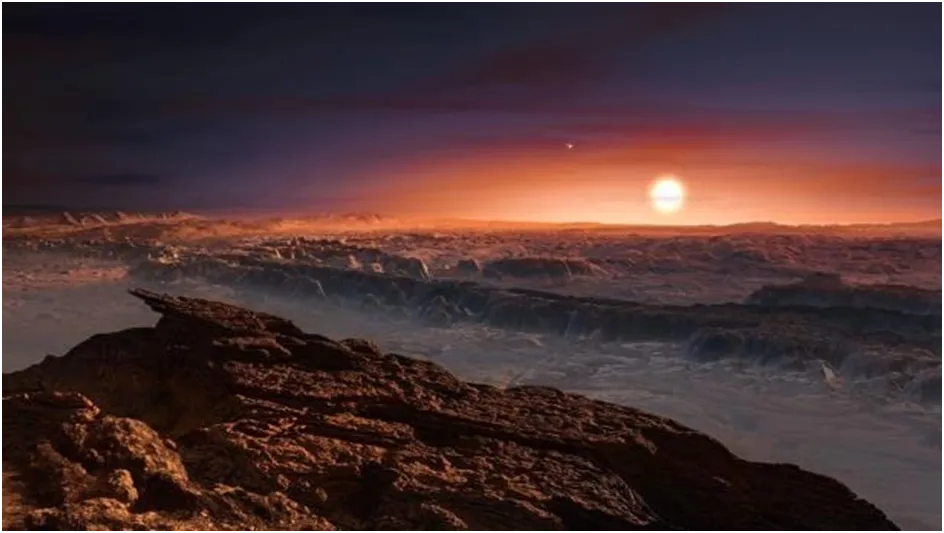At a European Organisation for Astronomical Research press conference last week it was announced that a new planet was discovered that seems to closely resemble earth. Over the past years thousands of new planets have been discovered that resemble earth but the exiting news about Proxima B, which it is called, is its relatively short distance to earth. All the other discovered planets are too far away from our solar system which makes it impossible to find out if there is sign of life on them. Proximity B is a lot closer in cosmic terms: only 4,2 light years away from earth. This is still too far to send a spacecraft which astronauts or even an unmanned spacecraft but with a new technology to be developed it could be reached in twenty years.
There is something out there
The search for exoplanets, planets orbiting stars outside our solar system, exploded the last few years. The European Organisation for Astronomical Research has been placing ever more powerful telescopes on mountain tops in Europe. The latest ones are so powerful one could read a traffic sign in the United States from Europe. These telescopes showed a recurring ‘blip’ near a red dwarf star Proxima Centauri. It was a tell tale sign that something was orbiting in the star’s gravitational field. Close surveillance for thirty days confirmed the suspicion: we found a new planet!

Artist impression of Proxima B
Alien Life
NASA is also very exited but not much about the planet is known yet. It seems earth like but it could very well be an icy desert or a just a dead rock. So far astronomers know it is a bit bigger than earth and it seems to have a crust just like earth. If it has an atmosphere remains to be determined but if it does then the possibility of alien life becomes very real.
Breakthrough Starshot
How to get there? The renowned cosmologist and physicist Stephen Hawking is one of the driving forces behind project Breakthrough Starshot. It is a new technology being developed which envisions nano space probes. These probes are tiny space craft consisting of a chip, a battery, a lens, navigation equipment and totalling no more than 1 gram in weight. They are so small you could have dozens of them in the pocket of your pants. They will have a sail and be launched in a swarm from a spacecraft orbiting earth. The sails will catch a powerful earth based laser beam which will propel them at an enormous speed of approximately 250 million kilometres per hour, or about 20 percent of the speed of light. This will enable the probes to reach Proxima B in twenty years.
Mark Zuckerberg
The cost of this project is projected to be around 1 billion dollars. Facebook mogul Mark Zuckerberg and Russian billionaire and venture capitalist Yuri Milner are financing the project. What Mr. Milner’s motives behind his financing of this project are is not clear while Mark Zuckerberg is probably hoping to find life on Proxima B so he can have them join Facebook.....